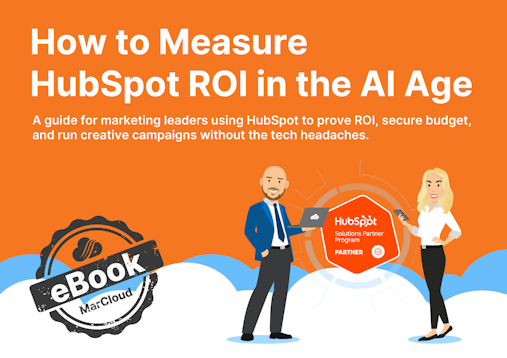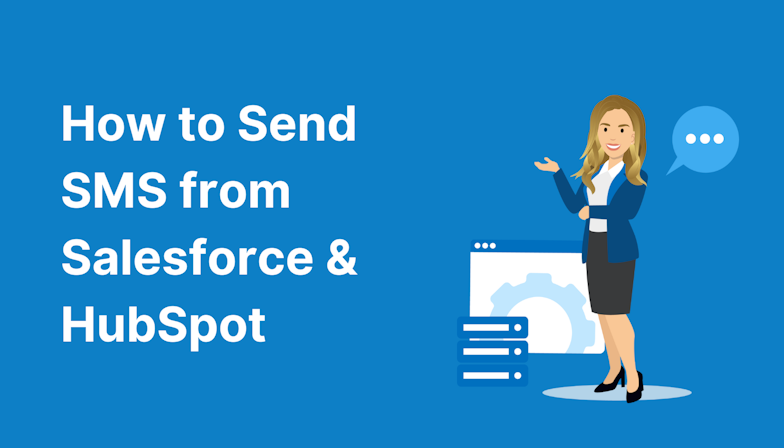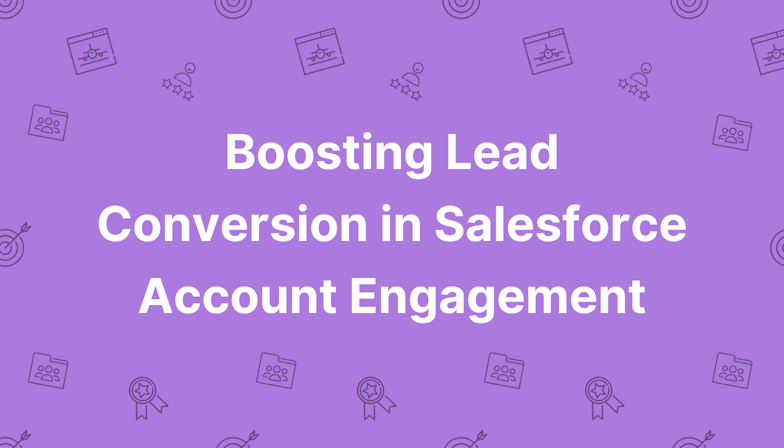It’s important to remember that the best systems aren’t the most complex, they’re the most intentional. As Leonardo da Vinci put it: “Simplicity is the ultimate sophistication.” When HubSpot automations are simple, scalable, and data-driven, they free marketers to do what they do best: be creative, connect with customers, and drive business growth.
Some of this may sound straightforward, and even obvious. But you’d be surprised at how many accounts we see that are missing crucial elements or trying to do too much.
One of the most common mistakes is layering too many triggers, conditions, and enrolment criteria without mapping the full customer journey first. Not only does this create complexity, but it also risks conflicting workflows that confuse both prospects and internal teams. A visual workflow map before you build in HubSpot prevents this and ensures you’re designing with clarity.
At MarCloud, we take a strategic approach for every client, tailoring migrations, integrations, and HubSpot support to each business and use case.
If you have a feeling your HubSpot automation isn’t supporting growth, we should talk. We can help you turn messy journeys into a streamlined revenue engine. Get in touch to build systems that scale.






